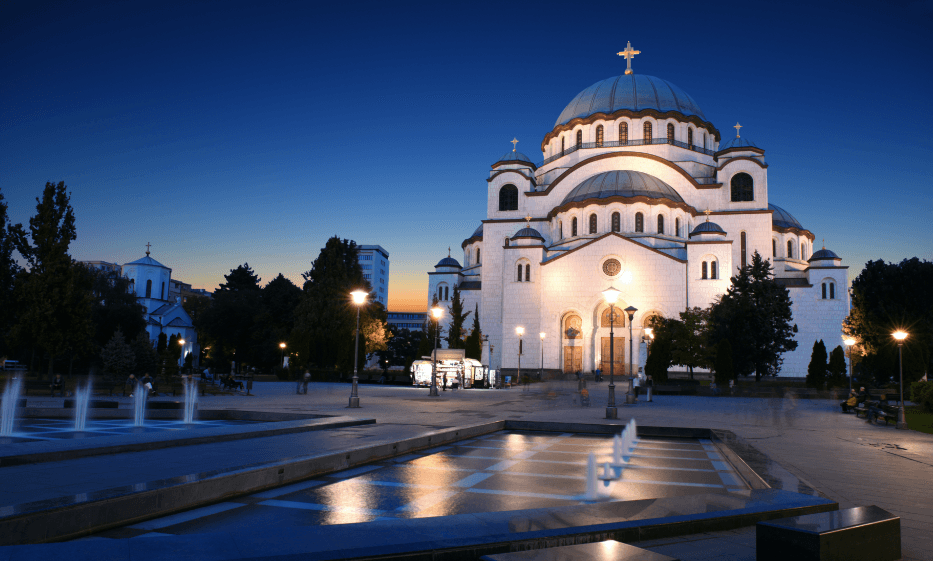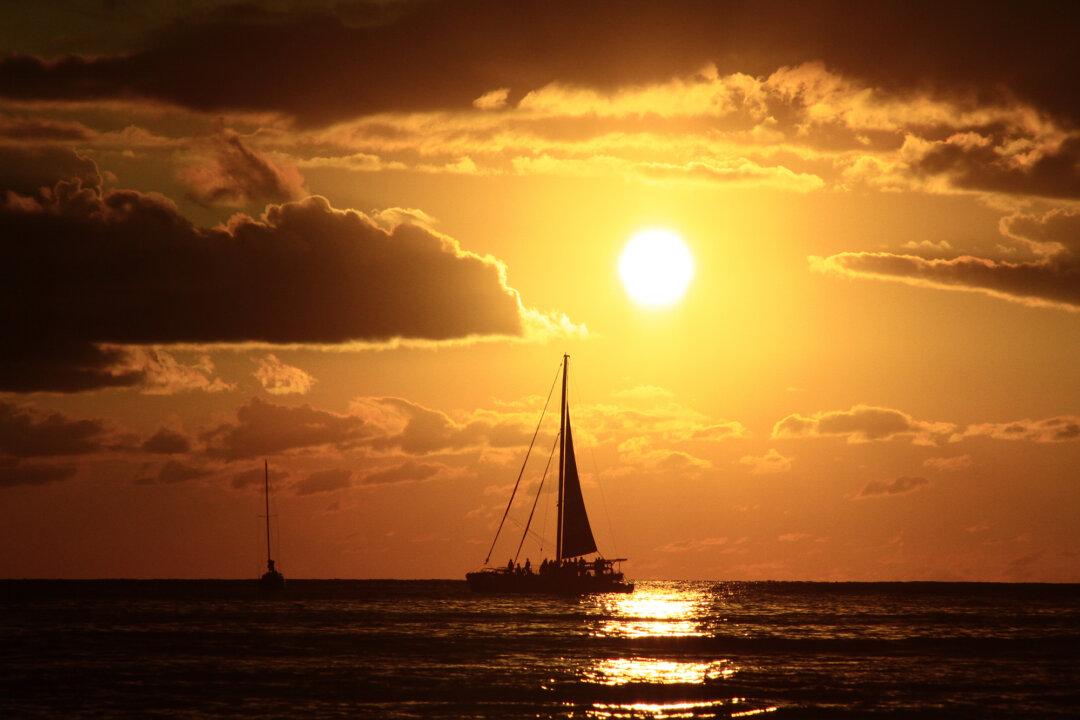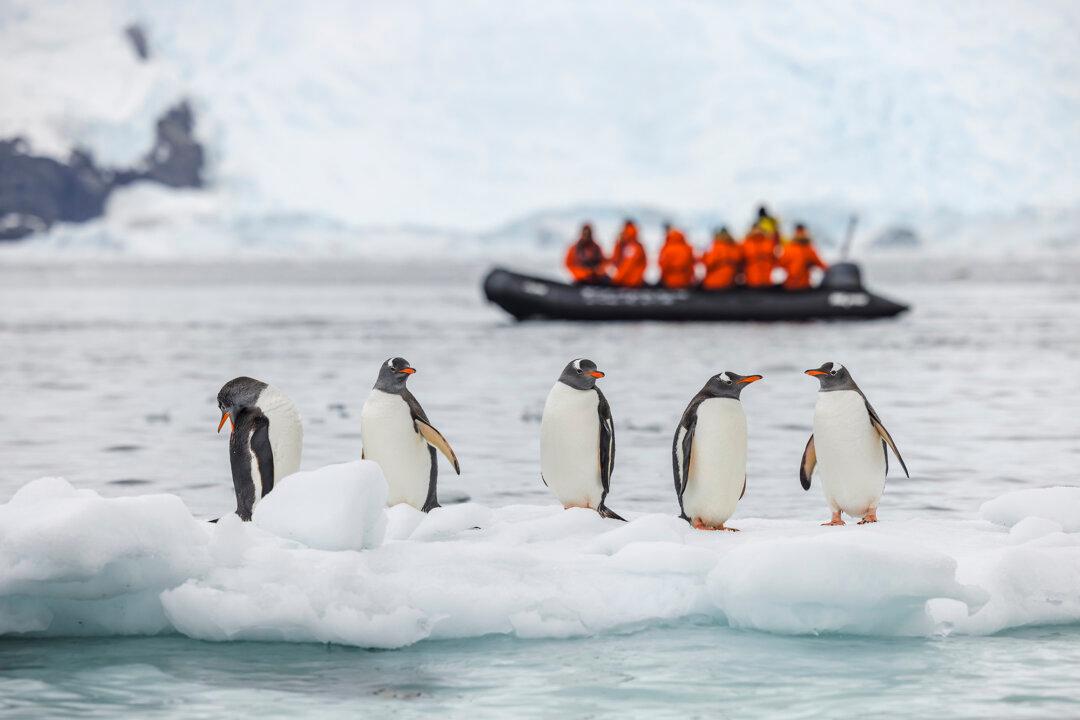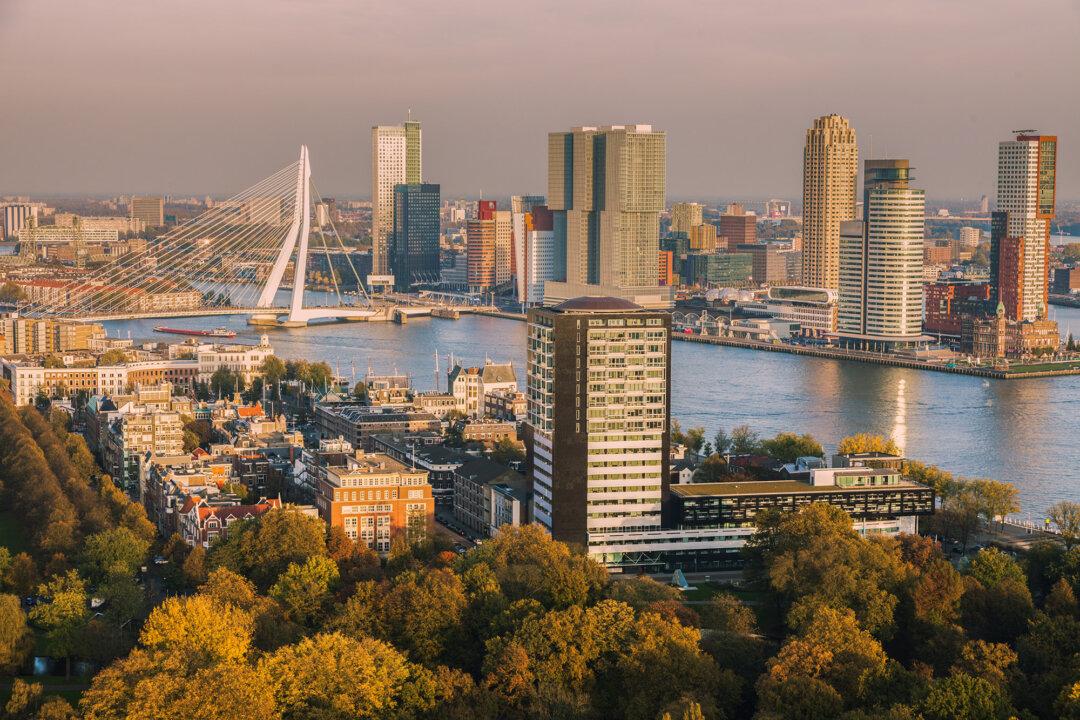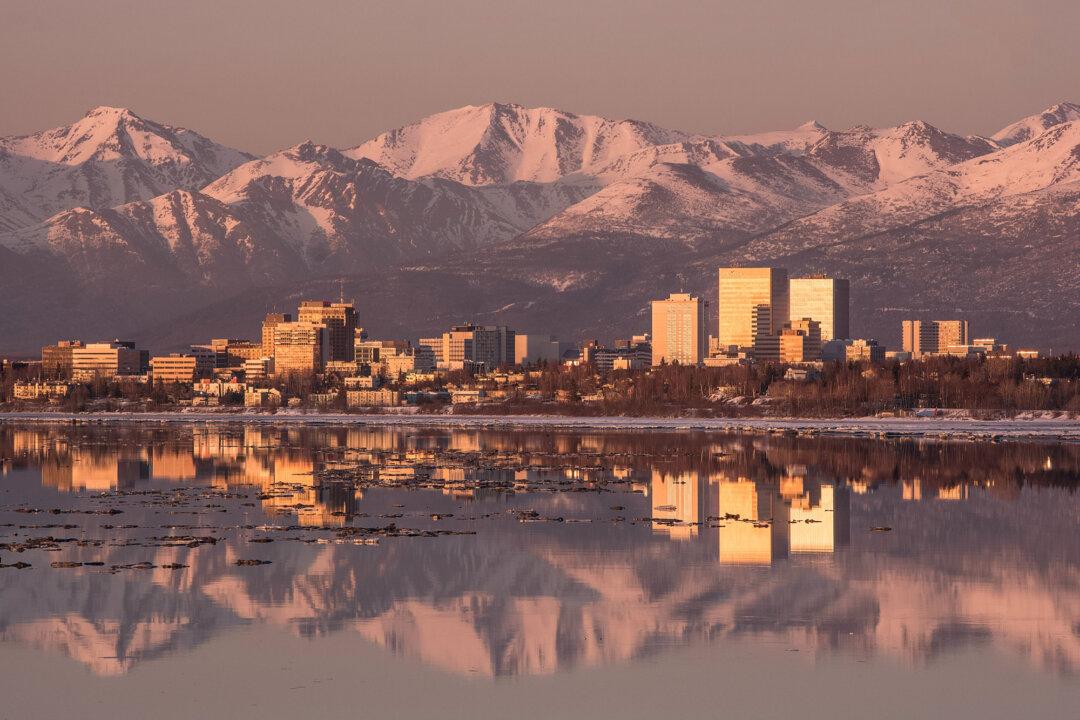I approached through the Istanbul gate. For hundreds of years, this city was one of the westernmost prizes of the Ottomans, with a road that ran straight from here to the capital of the empire. The doors still bear the signs of conflict, bullet holes in the tough black steel.
“This city has seen 115 wars, and this fortress has been demolished completely more than 40 times,” noted my guide, Dragana.

